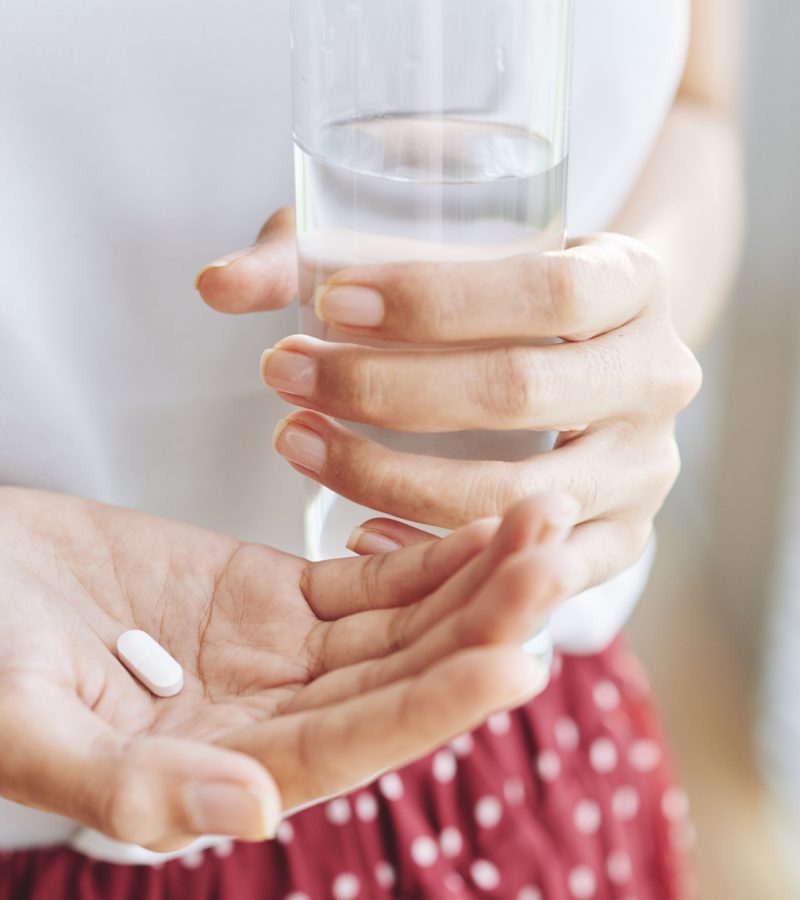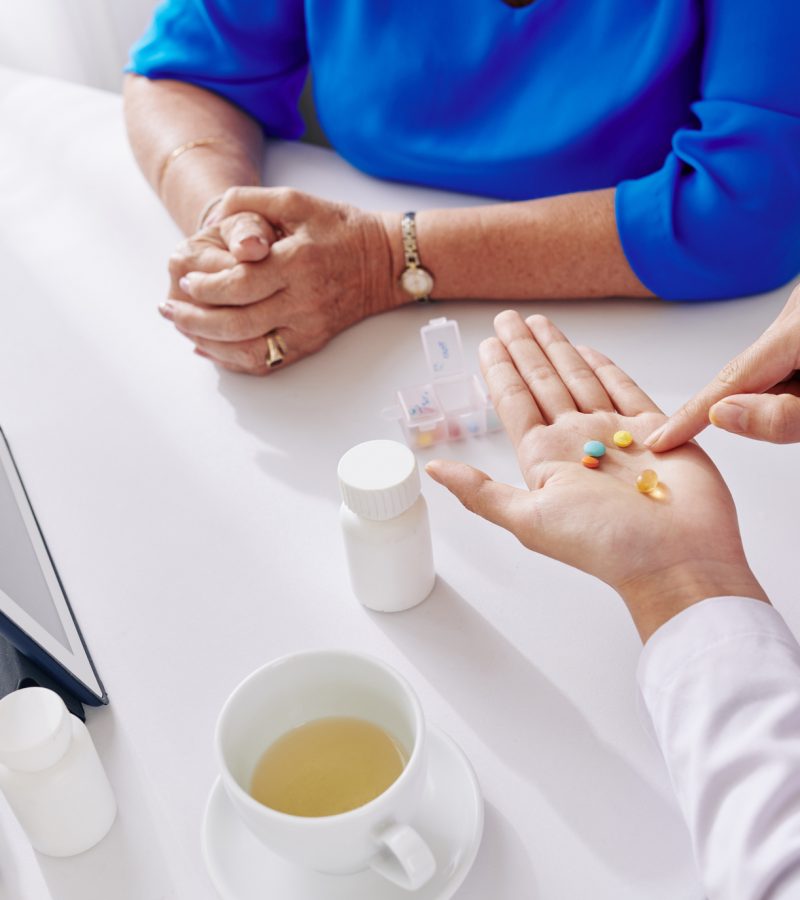Dietary Supplements

Dietary Supplements
There is a growing demand for dietary supplements, with nearly 75% of people using tham as part of their daily life*. As nutrition science evolves, more and more people have become interested in learning about how to take care of their bodies and ensure that they’re running at peak performance. Some consumers just want a little “nutritional insurance” while others face unique deficiencies that can hold them back from living the life they want. Either way, understanding our dietary needs is more important than ever.
In the past, dietary supplements were primarily pressed tablets and were dominated by multivitamins and single letter nutrients like Vitamin C. Now, consumers have come to expect new formulations such as gummies, beverage sachets and tonics to bring more convenience and enjoyment to their nutritional experience. From formulation to product application and launch, we’re here to help you create products that consumers both need and love.

Close the Nutrient Gap
Nutrients that Support Health
Balchem focuses on specialty ingredients that are not only high in nutrition but also help ensure that manufacturers are able to develop high-quality, scientifically-backed products to meet consumer needs. Our nutrients support various aspects of human health such as cognitive, bone, liver, and prenatal health as well as sports nutrition.
Our research team has found that there are numerous gaps in dietary intake within the population. In fact, according to NHANES* data, 90% of adults don’t get enough choline, and nearly 50% fall short of recommended magnesium intakes. Our products help consumers to close these gaps and provide them with the health benefits they seek.
Our nutrients are used in solid dosage and liquid form applications:
- Capsules
- Chewables
- Gummies
- Liquid Hard Shells
- Lozenges
- Softgels
- Tablets
*National Health and Nutrition Examination Survey

Our Dietary Supplement Technologies
As pioneers and leaders in chelation, choline, and encapsulated nutrients, we pride ourselves on our technologies for dietary supplement applications. Balchem has long been a leader in encapsulation, both for food and dietary supplements and our encapsulated nutrients help manufacturers develop desired release profiles and protection for a variety of applications.
Our Albion chelated minerals technologies bond minerals and amino acids for enhanced absorption, improved tolerance, and taste reduction. Our choline salts dissolve quickly and deliver the highest choline content of all forms in the market. The reason we’re able to deliver such high-performing products is due to our methods and partnerships. We use scientifically advanced methods to validate our products and outside companies such as USP and the Non-GMO Project Verification to certify the quality of our manufacturing and finished products. You can count on Balchem for proven solutions that deliver to the consumers’ needs.
